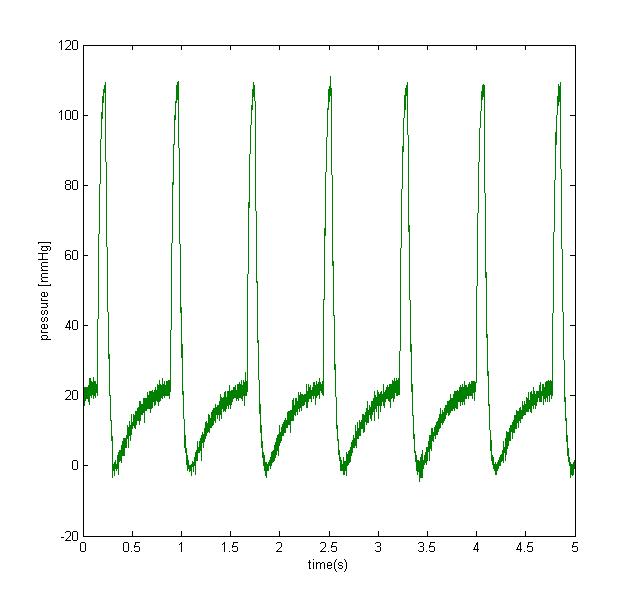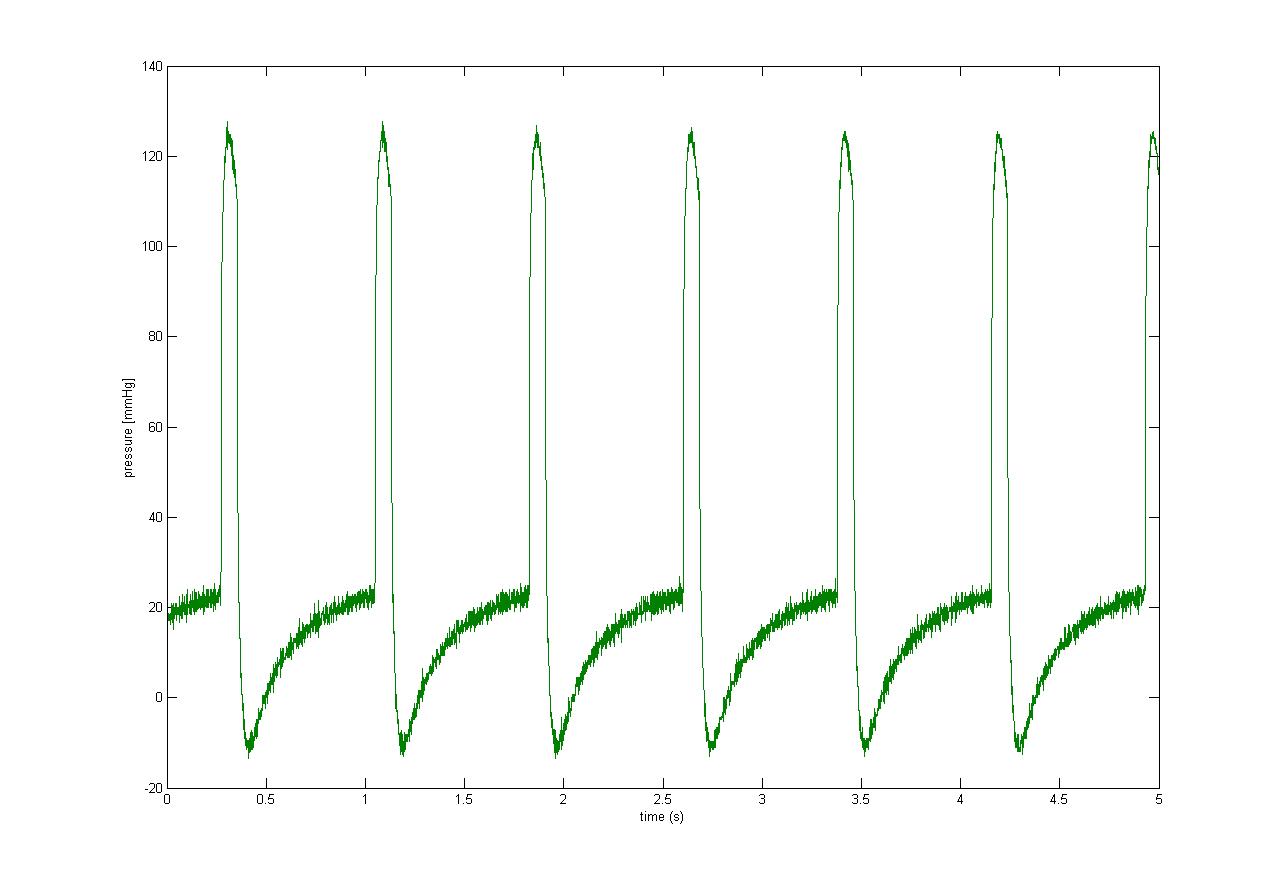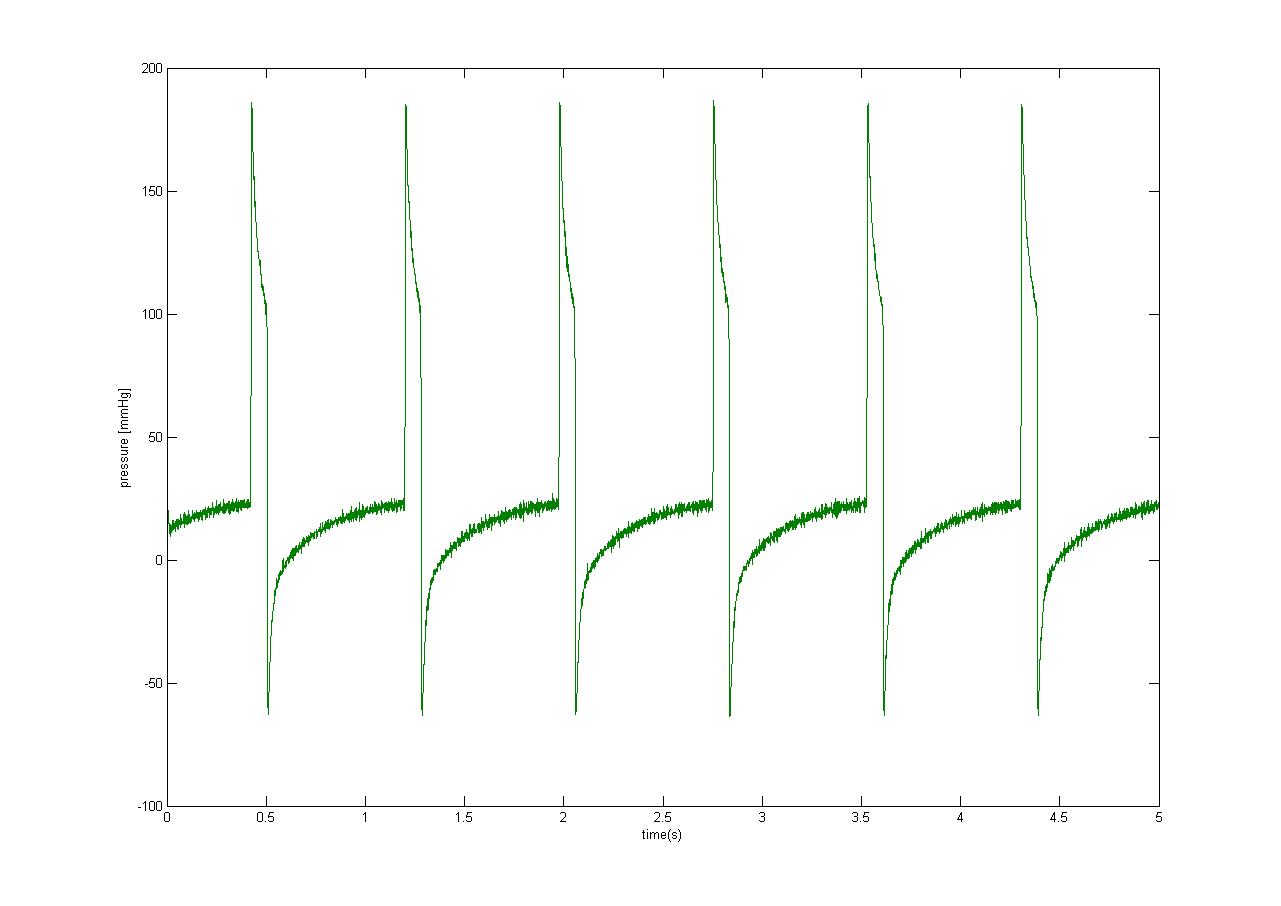Abstract
A comprehensive electrical model that has both hydrodynamics and electrical analyzers is a very essential instrument that has found expansive application in investigating fluctuations of pulsatile waves of the intracranial pressure (ICP) and the cerebral blood volume (CBV) with ICP increment. (Takemae et al., 1987).The results from the circuit model are very essential in explaining the grounds and effects of the changes observed in the ICP pulsatile wave, upon acclivity of the ICP. (Takemae et al., 1987).The application of this electrical circuit have found significant application in regard to the CBV whereby the results are useful in rheoencephalography (REG) in noninvasive ICP (nICP) monitoring with the aid of electrical impedance. (Takemae et al., 1987).
Introduction
A couple of mathematical models had been put in place to investigate changes in ICP noninvasively. Such models applied the principles of electrical and mechanical analogues in estimating changes in the pulsatile wave of the ICP in patients sustaining head injuries. The efficacy of these models remained questionable and their application became a limited phenomenon which necessitated the development of more efficient means of investigating ICP noninvasively. The electrical circulation model has for a long time been efficient in monitoring ICP and its contributions in the medical field have been inevitable. As Takemae et al. (1987) explains, “present investigation was designed to study the effects of increased ICP on ICPPW and CBVPW by simulating the cerebral blood flow using an electrical circuit model of the cerebral circulation. This circuit model is formed on the assumptions that the pressure-volume relationship is linear with respect to small changes in the pulsatile wave, and that the hydrodynamic elements distributed in the intracranial space can be expressed in terms of a few lumped parameters”.
According to Gray (2011), the brain receives its arterial blood supply through the carotid arteries originating from the arc of the aorta. The internal carotid artery supplies the main brain with oxygenated blood. The intracranial part of this artery and extracranial part forms the Circle of Willis. An anterior cerebral artery supplies the medial aspects and the frontal lobes of the brain with oxygenated blood. Middle cerebral artery which is sometimes referred to as artery of stroke supplies the frontoparietal somatosensory cortex with oxygenated blood. There are large veins in the subrachnoid space which are responsible for emptying into the dural venous sinuses.
The electrical circuit assumes the different physiological aspects of cerebral circulation. Elements (Ra, Ca), (Rk, Ck) and (Rv, Cv,) correspond the lumped resistance of the cerebral arteries, arterioles and capillaries, and veins in that order. Inflow resistance is represented by element Ra while Rk corresponds to the auto regulation. Rvo represents the venous resistance present at the outflow part of the intracranial space. This resistance is bound to increase with increase in ICP as this part is constricted by the downward shift of the brain. (Takemae et al.,1987).
Compliance with the intracranial space is represented by Cb an element of the electrical circuit and is connected to the network of cerebral vessels in series. Cb becomes zero at strict sense of Monro-Kellie Doctrine which states that, because the components of the brain are not compressible, their total volume must be constant under normal conditions. (Takemae et al.,1987).
Amplitude of the intracranial pressure pulsatile wave (ICCPW) concurrently increases with intracranial pressure (ICP). This remarkable development has been attributed to the response of the ICCPW to a pulsatile wave of the cerebral blood volume (CBVPW), a factor that is ascertained by the exponential characteristic the interaction between the intracranial volume and the ICP. (Takemae, et al., 1987).Normal values of the different factors that are influenced by increase in ICP are calculated on the analogy of hydrodynamic and electrical systems and are set to certain values. Any deviation from these figures regarding ICCPW and CBVPW are considered to be disease conditions. (Takemae et al, 1987).
The electrical circuit has made a major breakthrough in medical field and especially in monitoring brain injuries. However, it still remains a fact that this model is less useful in determining the effects of local distribution of ICP, pulsatile blood pressure, systemic mean blood pressure and the function of auto regulation, on ICPPW and CBVPW. (Takemae et al., 1987).The calculations involving the use of this model electrical circuit treats the brain as a sphere. On the contrary, the brain is comprised of two approximately equal hemispheres joined at the Circle of Willis. There exists an imbalance of blood flow in the two hemispheres and therefore the electrical circuit has some inadequacies in this regard. (Takemae et al.,1987).
Keeping track of the ICP is critical because it contributes significantly to detection of brain abnormalities especially tumor development and brain meninge destruction by such parasites as plasmodium. Such early detection allows quicker diagnosis of brain destruction and contributes more to treatment of these conditions.
In cases where an individual is involved in accidents and sustain head injuries, keeping a track of ICP helps in determining whether the individual had any brain damage which probably had not been identified before. Keeping track can also help in detection of abnormal brain development as well as helping in detection and treatment of other conditions such as papilledema. (Fitzgibbon, 1996)
Limitations of this model electrical circuit have necessitated the development of other noninvasive procedures and techniques. Such development focuses in producing models that will enable measurement of electrical impedance of individual hemisphere other than assuming a spherical element of the brain and treating blood flow in this sphere as similar, contrary to the fact that, blood flow in the right hemisphere is not the same as in the left hemisphere. (Takemae et al, 1987).
Results

Under normal conditions, ICP has a characteristic wave as shown by the graph above. When the ICP increases, the amplitude increase in ICPPW will experience arterial resistance resulting from arterial compression or constriction. Consequently, the amplitude of CBVPW as shown in the second graph below will also be seen to rise. (Takemae et al.,1987).
Decreasing the value of the capacitor used in the electrical circuit signifies intracranial pressure rise and a consequent rise in the impedance as recorded by the REG as shown in the graph below. According to another observation:
The changes in the pulsatile waves, ICPPW and CBPPW, with an increase of ICP were simulated using the electrical circuit model. An electrical signal, imitating a real pressure pulsatile waveform, was generated by a wave generator and used as the input signal to this circuit. The resultant waveforms were measured at the testing points using a storagescope and recorded on a chart recorder. (Takemae et al. 1987, p. 959).


This graph signifies the height of impedance with increased arterial resistance resulting from increased ICP. The CBVPW shows extreme levels which could be an indication of extreme compression of the arteries in the brain. Takemae et al. (1987) concluded that “The voltage wave observed at point corresponds to ICPPW. To obtain CBVPW, it is necessary to multiply ICPPW by Cb. Therefore, the voltage wave corresponding to ICPPW was input to an amplifier with a gain equivalent to Cb, and its output voltage was used as CBVPW”.
Discussion
In cerebral circulation
The increase of ICP influences not only the intracranial compliance but may also influence the resistances of the arteries and veins. Therefore, the simulations of ICPPW and CBVPW were performed in order to investigate the effects of changes of the arterial and venous resistances on the vascular flow, as well as to estimate the effect of the intracranial compliance. The compliance of each blood vessel is assumed to be constant. (Takemae et al., 1987, p.959).
The first graph indicates the normal states of ICP when an individual is very healthy. The second graph has a lesser value capacitor which means that the resistance offered is more than in the first case. The pressure is seen to rise resulting from the increased resistance. In the third graph, the least value capacitor is used and therefore the resistance is enormous and consequently, the CBVPW shows the highest impedance. The second and the third graphs are indications of abnormal brain conditions or disease conditions. It is important here to bear in mind that these varying capacitance represents the different brain conditions that may cause compression of the arteries and as a result creating varying intracranial pressures. (Takemae et al., 1987).
Different capacitors result to varying resistances in the electrical model and the pressures being dependent on such resistance, will increase if the resistance increases and will be low at lower resistance values. The same case will apply in actual cerebral circulation. If in any case the ICP increases, there will be consequent rise in ICCPW and CBVPW. Disease conditions such as meningitis, brain tumor, subdural hematoma and others may result to increased intracranial pressure. This severe increase in pressure can lead to other complications including papilledema. This is a swelling in the optical disc due to increased intracranial pressure. (Fitzgibbon, 1996). Takemae et al (1987) in this regard concluded that “the change in ICPPW is related not only to the intracranial compliance but also to the change in CBVPW that is determined by the arterial inflow and venous outflow resistances of the cerebral circulation”.
To calculate the pressure values from the different resistor and capacitor values, the following calculations are important;
Normal cerebral blood flow = 750ml/min
Mean pressure at each section of the arterial side Ao, A, B, and C = 100, 85, 10, and 2mmHg I that order
Using R= change in P/F where F is the blood flow rate, Ra = 1.2 MΩ, Rk = 6 MΩ, Rv = 0.64 MΩ, and Rvo= 0.16 MΩ. (Takemae et al., 1987).
Capacitance is therefore the ratio of the increase in volume to the increase in pressure
Pb = Pbo – exp ( a. V)
Pb, intracranial compliance is given by;

By applying a small periodic change in ICP and CBV it simulates that;

“The compliance Cb and its electrical value have been evaluated according to the degree of ICP increment. If the Monro-Kellie doctrine was realized in the strict sense, Cb would be zero. This will not happen unless the ICP is increased by a large amount”. (Takemae, et al., 1987).A general conclusion was made in relation to these studies that:
The ICPPW amplitude is enhanced by increasing Rv, and decreasing Cb, but is depressed by increasing Ra. The CBVPW amplitude, however, is depressed by increasing Ra and decreasing Cb, and enhanced by increasing Rvo. The time from the rising edge to the peak point (Tr-p) of ICPPW, as well as CBVPW, is prolonged by increasing Ra, Rvo, or Cb. (Takemae et al., 1987, p.960).
From the above formulations of calculations using the electrical circuits, errors are bound to occur especially considering that resistors may generate heat which will result to increased resistance which should not be the case if heating did not occur. Such an error will result to erroneous conclusions about a disease condition which actually is not present. Such improper diagnosis will actually pose a threat to the health of the patient. (Fitzgibbon, 1996)
As discussed earlier, pressure rise will result to complications such as papilledema. This is a swelling of the optical disc as a result of high ICP. Extreme pressure therefore may render the patient even losing his/ her sight. Other complications resulting from enormous amounts of intracranial pressures may as well result to brain damage. (Fitzgibbon, 1996)
Conclusion
The applicability of this invention in the medical field has been rampant with consequent development of the electrical circuit model. According to the analogy of the hydrodynamic and electrical systems, the model has been found to work best at capacitances of between 2.22 – 0.72 microfarads. It is critical to consider monitoring of one’s ICP to ensure that the fear of brain tumor development is eliminated. A normal ICP has proved ideal cerebral circulation and functioning of the brain and therefore it is the best results that one can consider as healthy. (Takemae et al., 1987).
As pointed out earlier, there still remains substantial space for the development of more eloquent and efficient technologies or rather electrical circuit models that will be useful in determining pressure amount at individual brain hemispheres. It is evident that blood flow is not similar in the two different brain hemispheres. However the postulated electrical circuit model treats the brain as a sphere. This therefore sustains errors in relevant calculations that results there after. Such errors could be very detrimental in as far as the health of the patient is concerned, due to the fact that the physicians become vulnerable to making incorrect diagnosis.
Research into this field is considerably important bearing in mind the present trend involving accidents and especially those involving head injuries. The electrical circuit model of utmost efficiency in investigating ICP will help in saving many lives of patients who suffer from such accidents. Also, the rising trend in brain tumor cases necessitates a proper mechanism through which diagnosis can be made early enough to save the life of the patient.
References
FitzGibbon, E. J. (1996) Papilledema. EyeWiki. Web.
Henry, G. (2011). Anatomy of the human body. Web.
Takemae T., Yosugi Y., Ikebe J., Kumagai Y., Matsuyama K., & Saito H. (1987). A simulation study of intracranial pressure increment using an electrical circuit model of cerebral circulation. IEEE Trans Biomed Eng, 34(12), 958-62. Web.